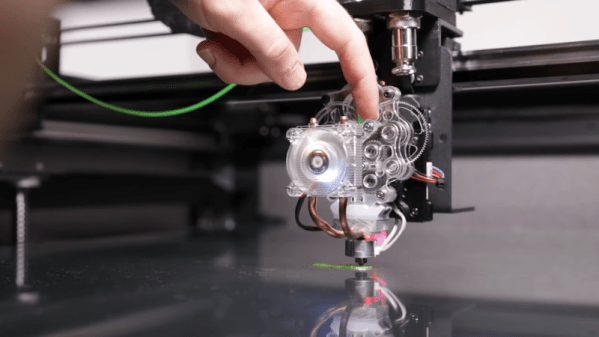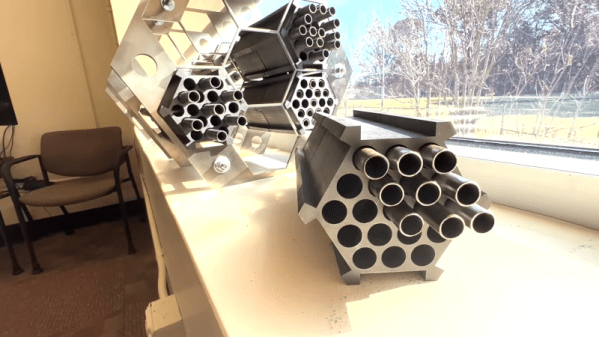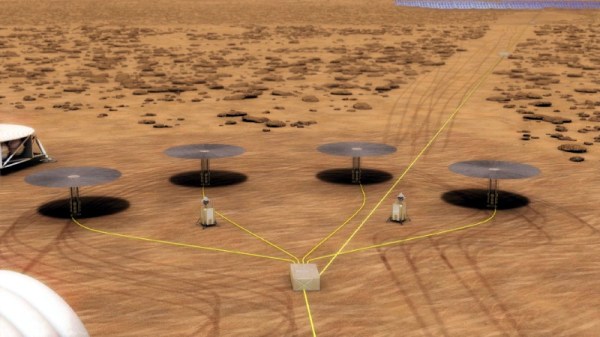[Proper Printing] often does unusual 3D printer mods. This time, he’s taking a CPU cooler made for a Raspberry Pi with some heat pipes and converting it into a 3D printer hot end. Sound crazy? It is even crazier than it sounds, as seen in the video below.
Heat pipes contain a liquid and a wick, so bending them was tricky. It also limited the size of the heat break he could use since the two heat pipers were relatively closely spaced. Once you have the cooler reshaped and a threaded hole for the heatbreak, the rest is anticlimactic. The heatbreak holds a heat block that contains the heating element and temperature sensor. A few changes were needed to the custom extruder cut out of acrylic, but that didn’t have anything to do with the fan and mount.
Normally, a hot end assembly has a substantial heat sink, and a fan blows air over it. The heat pipe technique is a common way to move heat away from a tight space. So, the way it is used here is probably not very useful compared to a conventional technique. However, we can imagine tight designs where this would be viable.
Heat pipes aren’t the same as water cooling, even though some use water inside. A heat pipe is a closed system. The fluid boils off at the hot end, condenses at the cool end, and wicks the liquid back to close the cycle. On the other hand, you can use more conventional water cooling, too.

















